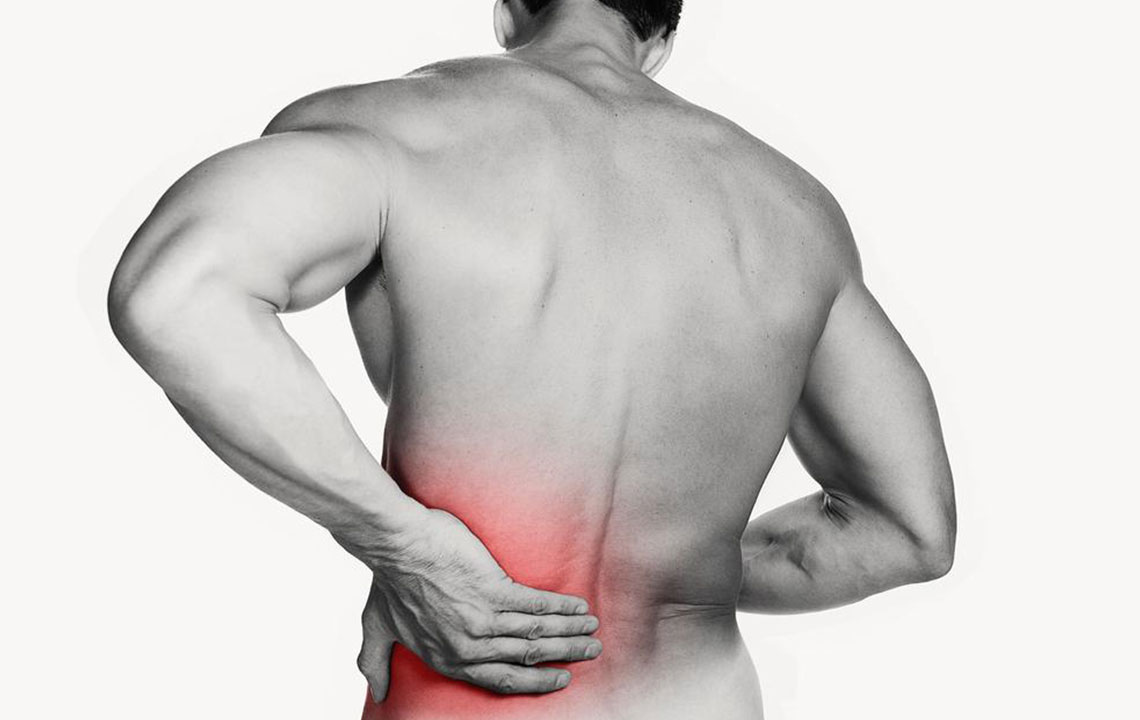Understanding Back Discomfort: Indicators, Causes, and Effective Prevention Strategies
Back discomfort is a widespread issue that can significantly impact daily life. Recognizing early symptoms, understanding causes, and adopting preventive strategies such as regular exercise, core strengthening, and proper posture can help manage and prevent back pain effectively. This comprehensive guide offers insights into the signs to watch for and practical tips for maintaining a healthy spine, emphasizing that most cases can be prevented with lifestyle modifications. Consulting healthcare professionals for persistent or severe symptoms is essential for proper diagnosis and treatment.

Understanding Back Discomfort: Indicators, Causes, and Effective Prevention Strategies
Back pain and discomfort are among the most widespread health concerns affecting people globally. It ranks consistently as a leading cause of disability and lost productivity in workplaces worldwide. The condition can affect individuals of all ages but becomes particularly prevalent with aging, sedentary lifestyles, or due to specific injury mechanisms. Despite its common occurrence, understanding the key indicators, underlying causes, and preventive measures can significantly reduce the risk and help manage symptoms effectively. This comprehensive guide aims to provide detailed insights into how to identify back discomfort early, understand its root causes, and adopt practical strategies to prevent its onset or minimize its impact.
Back discomfort may manifest in various ways, and recognizing these signs early can lead to prompt intervention, potentially reducing severity and increasing recovery prospects. For many, simple lifestyle changes and home remedies are sufficient to manage and prevent back issues. Surgical intervention remains a last resort, typically reserved for severe cases involving nerve compression or structural abnormalities.
Recognizing the Signs of Back Muscle Strain and Discomfort
Sudden, sharp, or stabbing pain in the lower or upper back
Pain that improves when resting or reclining
Radiating pain that extends down the legs, which may indicate nerve involvement
Persistent muscle soreness or stiffness after activity
Increased pain during physical activities like lifting, bending, or twisting
When to Seek Medical Attention for Back Pain
While many episodes of back discomfort resolve within a week with rest and home care, there are indications that require professional evaluation. Persistent or worsening pain, especially when associated with other symptoms, necessitates medical consultation. Ignoring these signs can lead to more serious health issues.
Back pain that lasts longer than two weeks or progressively worsens
Difficulty urinating or bowel control issues
Presence of fever alongside back pain, suggesting possible infection
History of recent back injury or trauma, especially if symptoms intensify
Effective Preventive Strategies to Avoid Back Discomfort
Prevention is always preferable to treatment. Implementing simple lifestyle modifications can deter the onset of back pain and improve overall spinal health. Key preventive measures include:
Regular physical activity and exercise:
Engaging in consistent aerobic workouts such as walking, swimming, or cycling helps to maintain spinal flexibility and overall back health. Physical activity enhances blood flow to the muscles, promoting healing and reducing stiffness.
Strengthening core muscles:
Targeted exercises to enhance abdominal, back, and pelvic muscles provide better support for the spine. A strong core acts as a natural stabilizer, reducing strain on the lower back during daily activities.
Maintaining a healthy weight:
Excess body weight increases the load on the spine and muscles, contributing to discomfort and degeneration. Achieving and maintaining an ideal weight through balanced diet and exercise can significantly decrease back pain risk.
Proper ergonomics and posture:
Using ergonomic furniture, maintaining proper sitting and standing posture, and avoiding prolonged inactivity are crucial in preventing back strain. Pay attention to ergonomics at workstations, ensuring screens are at eye level and chairs support the lower back.
Safe lifting techniques:
Lift objects with your legs rather than your back, keeping the object close to your body and avoiding twisting movements. Proper lifting reduces undue stress on the spinal structures.
In essence, adopting an active lifestyle that combines exercise, proper diet, good posture, and ergonomic habits is the most effective approach to preventing back discomfort. Regular medical checkups can also help identify early signs of back issues and enable timely interventions.





